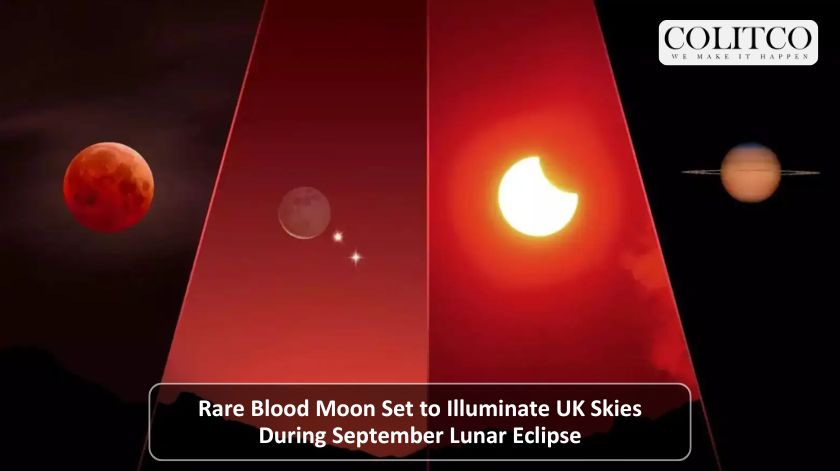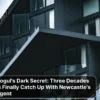A rare total lunar eclipse, known as a “blood moon,” appears on Sunday 7 September 2025 in the UK. Astronomers expect observers in Britain to witness this phenomenon as the Moon passes into Earth’s shadow, turning deep red. This event marks the first total lunar eclipse visible from the UK since 2022 and the last before 2026.
Blood Moon to Transform the Sky
Skywatchers across the UK will gather on Sunday evening for a total lunar eclipse, known as a blood moon. The Moon will take on a crimson hue as it enters the Earth’s shadow, resulting in a spectacle visible to the naked eye. The Royal Observatory Greenwich confirmed that, “This is not a special effect. There’s nothing else it could be—this must be what’s occurring in real life before your eyes”.
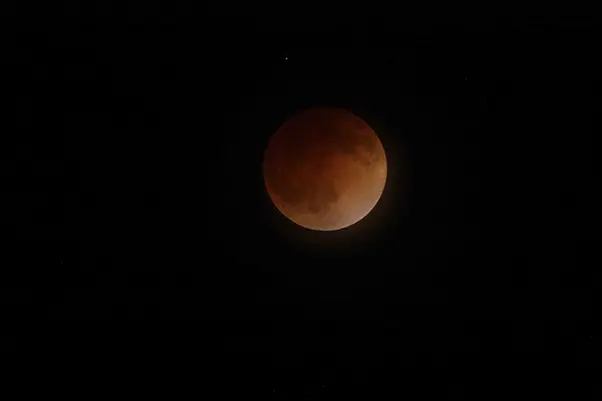
Figure 1: A blood moon against the night sky in 2014
Eclipse Timeline and Key Details
The eclipse will begin with the penumbral phase at 4:28pm BST when the Moon starts to move into the outer shadow of Earth. The partial eclipse will commence at 5:27 pm BST, followed by totality at 6:30 pm BST. The eclipse will reach its maximum at 7:11 pm BST, twenty minutes before moonrise in Britain. Observers will witness the Moon in total eclipse as it rises at 7:30 pm BST, with the blood moon visible until 7:52 pm, before the eclipse moves into its later stages.
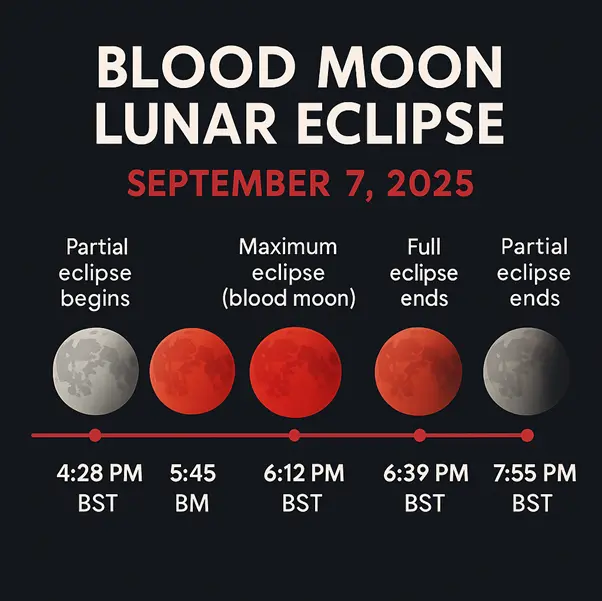
Figure 2: Timeline showing the phases of the blood moon lunar eclipse on September 7, 2025
Viewing Opportunities and Where to Look
Astronomers advise finding an unobstructed view of the eastern horizon before moonrise for optimal viewing. Elevated locations such as hills or popular lookouts in towns and cities will provide the best chance to see the Moon’s crimson glow as it emerges. The event remains safe for direct viewing with the naked eye, binoculars, or telescopes, as the Moon’s reflected light does not harm eyesight.
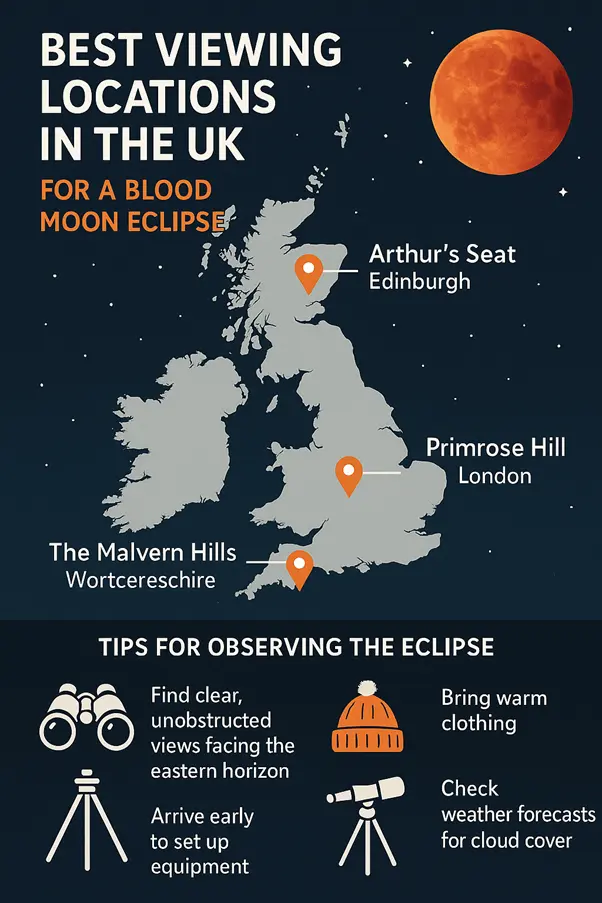
Figure 3: Viewing guide with tips for observing the blood moon eclipse from UK locations
The Science Behind the Blood Moon
A total lunar eclipse occurs when the Sun, Earth, and Moon align perfectly, casting the Earth’s shadow over the Moon. The Earth’s atmosphere scatters and refracts sunlight, allowing only the longer red wavelengths to reach the Moon’s surface, resulting in the signature red colour. According to astrophysicist Ryan Milligan, “The Moon appears red during lunar eclipses because the only sunlight reaching it is reflected and scattered through the Earth’s atmosphere”.
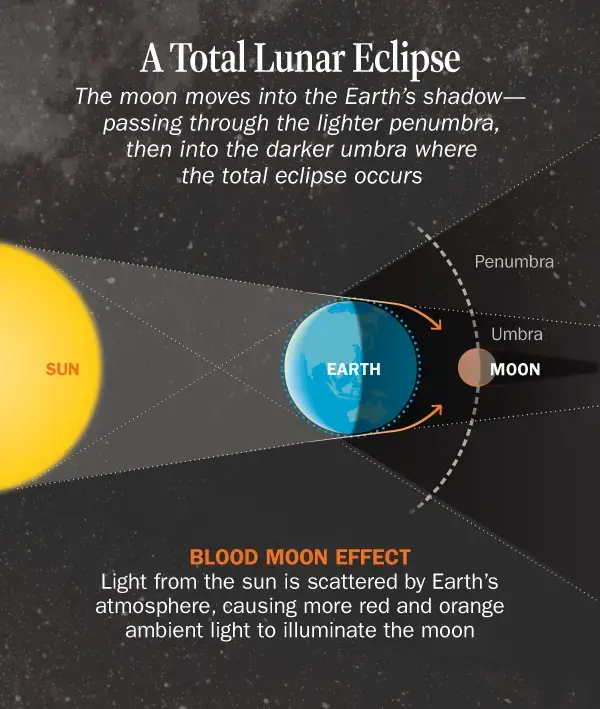
Figure 4: Scientific diagram explaining how Earth’s shadow creates the blood moon effect during lunar eclipse
Global Context and Astronomical Significance
This eclipse can be observed across the UK, parts of Europe, eastern Africa, Asia, and western Australia, offering a rare opportunity for millions of stargazers. Some regions in southeast UK will enjoy about 29 minutes of totality while the event lasts approximately two hours and twenty-two minutes in totality stages. For those in the Americas, the phenomenon will not be visible.
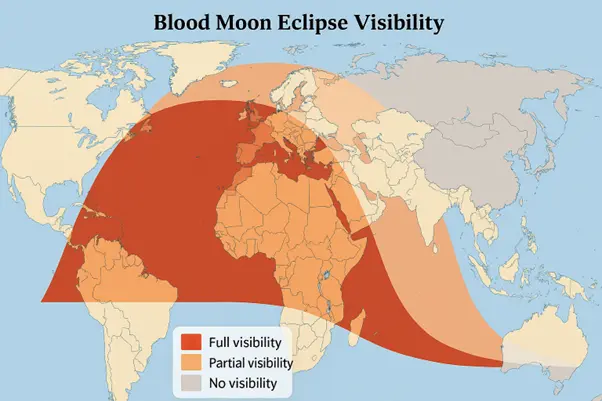
Figure 5: Global visibility map showing regions where the September 2025 blood moon eclipse can be observed
Frequency and Importance of Lunar Eclipses
Total lunar eclipses, or blood moons, are not common occurrences for the UK audience. The last such event occurred in 2022, and the next one is due in August 2026. Astronomers urge enthusiasts not to miss this viewing opportunity, as such events highlight the mechanics and wonder of planetary alignment and atmospheric effects.
Also Read: Blood Moon: The Science Behind the Lunar Phenomenon
Astronomy in September 2025
September 2025 stands out for celestial events, as the Moon aligns with Saturn and Neptune, and planetary phenomena attract professional and amateur astronomers alike. The lunar eclipse, known as the “Corn Moon,” lasts eighty-two minutes in totality worldwide, offering memorable sights for those observing across multiple continents.
Expert Recommendations and Astronomy Advice
Astronomers from the Royal Observatory recommend checking the weather forecast, as clouds may obstruct the eclipse view. Observers are encouraged to use cameras, binoculars, or telescopes and to find clear, elevated locations to capture and enjoy the event. Local astronomy clubs have prepared viewing guides and tips for enthusiasts planning to photograph or sketch the blood moon.
Concluding Schedule and Next Opportunity
The complete eclipse will end at 7:52 pm BST, the partial eclipse will end at 8:56 pm and the penumbral eclipse will end at 9:55 pm. UK viewers will not see the event again until 28 August 2026, and astronomers have encouraged the public to avail themselves of this opportunity. By the time the event recurs, the international interest in astronomy is an undoubted permanent high, so the interest in major celestial phenomena would not have passed.
The special September 2025 blood moon shows that people still exhibit an interest in astronomical phenomena, and people in different countries share the marvel and spectacle.

